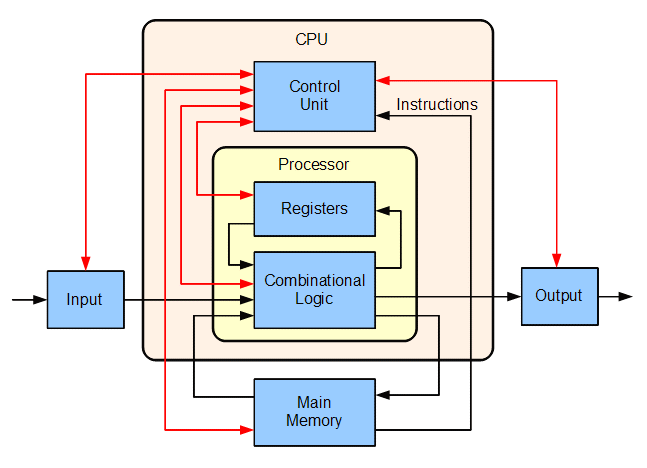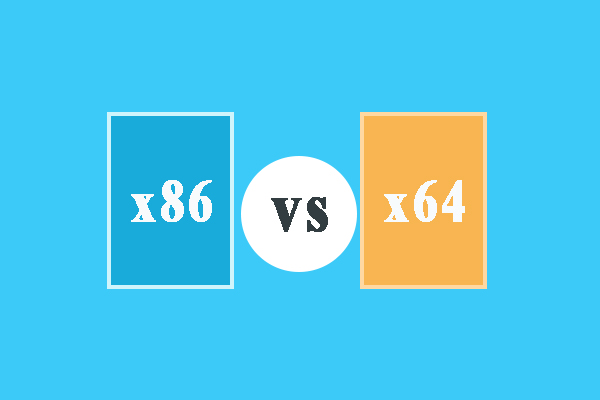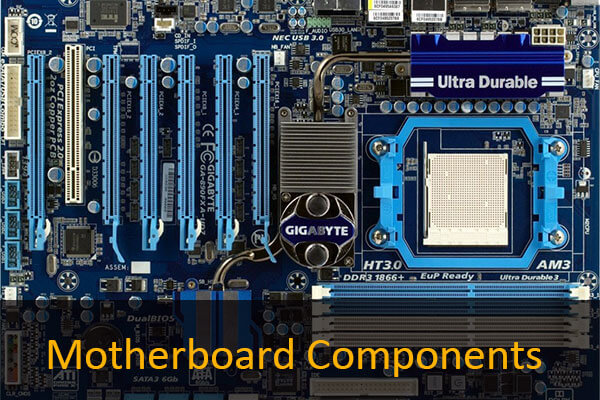What architecture is my CPU? Many computer users may ever have asked this question. Now, here in this article, you are going to find the answer by yourself. To learn more knowledge about CPU or other computer components, it is recommended to visit MiniTool partition master website.
What Is CPU Architecture?
CPU architecture refers to the design structure of the central processing unit including the processor chipset. The two primary components of a CPU architecture are ISA (Instruction Set Architecture) and microarchitecture, which is the implementation of the ISA.
The instruction set defines its designed CPU architecture basics (basic characteristics) such as register count, available instructions, endianness, and Opcodes syntax, the interface/contract between the CPU (hardware) and the programmer (software). Unless there is an internal bottleneck unalleviated, the ISA won’t influence the CPU performance that is affected by the microarchitecture. For example, X86, MIPS and ARM CPUs are such kinds.
The microprocessor architecture defines how the ISA controlled design is applied in the real processor architecture (processor internal working), including sandy bridge, skylake, zen, etc. all of which are part of x86.
Though each of those designs has quietly different performance, they were released at different time, and they even developed by different manufacturers, they all part of the same x86 family and are able to run the same code. Those architectures all understand a specific instruction (OPcod) as the same thing.
What Does a CPU Do?
The function of a CPU (Central Processing Unit), also known as a processor, central processor or main processor, is the electronic circuitry within a computer on the motherboard that performs instructions coming from a computer program. It executes the basic arithmetic, logic, controlling, as well as input/output (I/O) operations specified by the instructions in the program.
Traditionally, the term “CPU” refers to a processor’s processing unit and control unit (CU), which distinguishes computer core parts from external components like main memory and I/O circuitry.
This video is going to explain how a CPU works (forms) in detail.
CPU Architecture
Generally, the main components of a CPU are arithmetic logic unit (ALU), processor registers and control unit. The ALU executes arithmetic and logic operations, the registers supply operands to the ALU and save the results of ALU operations, while the CU orchestrates the fetching (from memory) and execution of instructions by directing the coordinated operations of the ALU, registers and other components.

Modern new CPU architecture is a single metal-oxide-semiconductor (MOS) integrated circuit (IC) called microprocessors, microcontrollers or systems on a chip (SoC). The IC contains the CPU, memory, peripheral interfaces and other computer components.
Some machines adopt a multicore CPU architecture that is a single chip or “socket” holding 2 or more CPUs (cores). The array CPUs or vector CPUs have multiple processors that operate in parallel without a central unit. And, the virtual CPUs are an abstraction of dynamical aggregated computational resources.
In a nutshell overall, a CPU mainly consists of an arithmetic logic unit executing the arithmetic and logical operations, registers (a quickly accessible location) consisting of a small amount of fast storage, and a control unit controlling the data flow within the CPU (fetch-execute cycle).



User Comments :